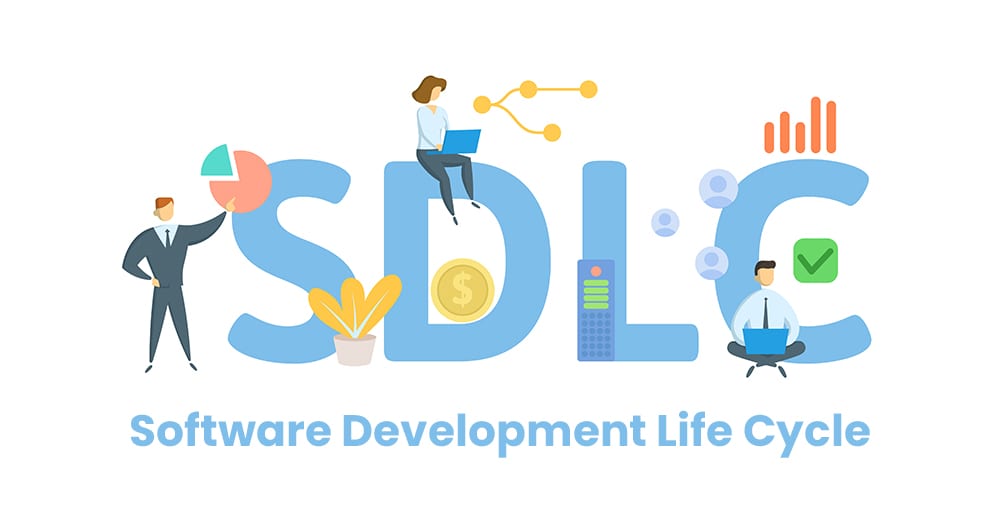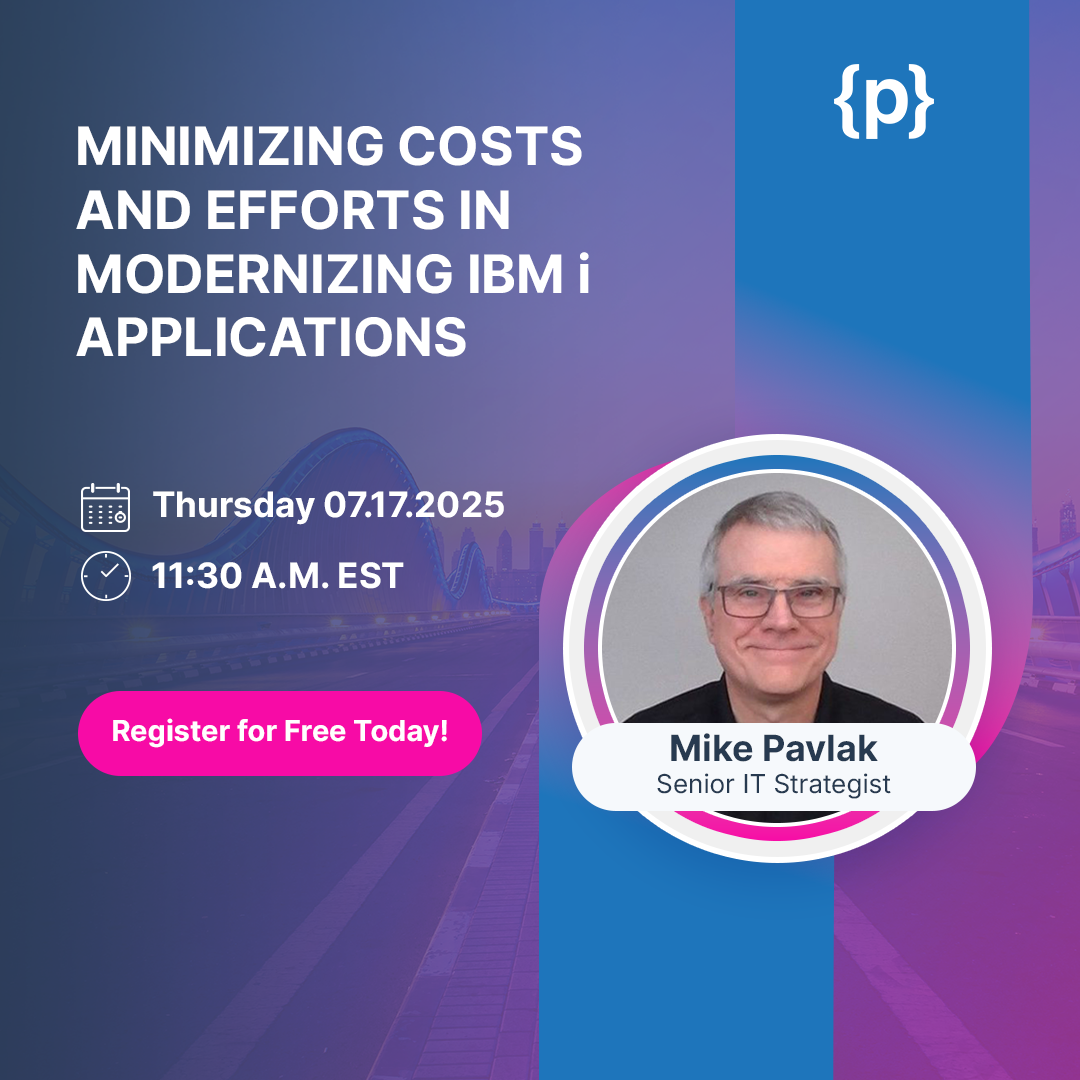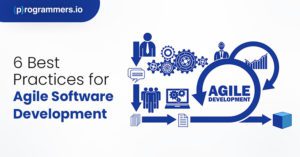Top Software Development Methodologies
Software development is not a task but a process that begins with communication between the client and the vendor and ends at support and maintenance. The entire software development cycle involves the use of one development methodology that decides end to end process of the software development. Process, such as structuring, planning, controlling, timelines, cumulative cost etc. There are many methodologies in the market but only a few have made their place successfully. Software development methodologies have been in the existence for a long time varying from old to new. This is how a software development process works:
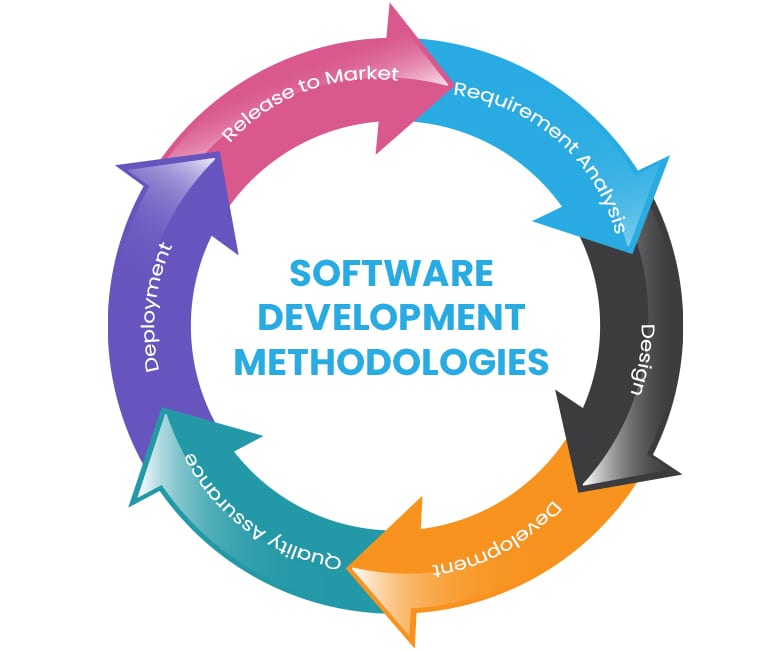
It is rightly said that if the company uses an apt methodology then their software development process becomes faster and efficient. According to a survey conducted by Goodfirms, here is the list of top software methodologies.
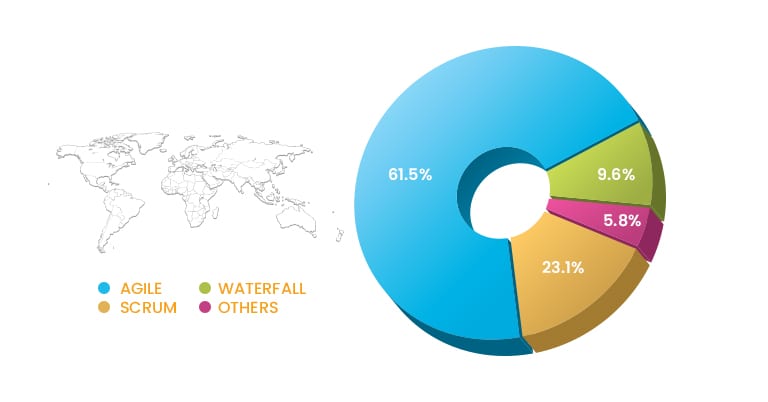
As the graph shows people chose Agile the most, then Scrum and Waterfall, even if it’s too primitive. Other software development life cycle methodologies can be Kanban, Lean development and Extreme Programming.
Let’s discuss in detail:
Agile
Agile methodology garners for 61.5% in the survey conducted. This means maximum developers and dedicated development teams opt for Agile method. To explain better you need to know about Agile method first. It involves discovering requirements and developing solutions through the collaborative effort of all the teams from development to testing and beyond. Today Agile method is important for development teams be it .Net, java, Python or related to any other language or platform.
Here’s how an Agile module works:
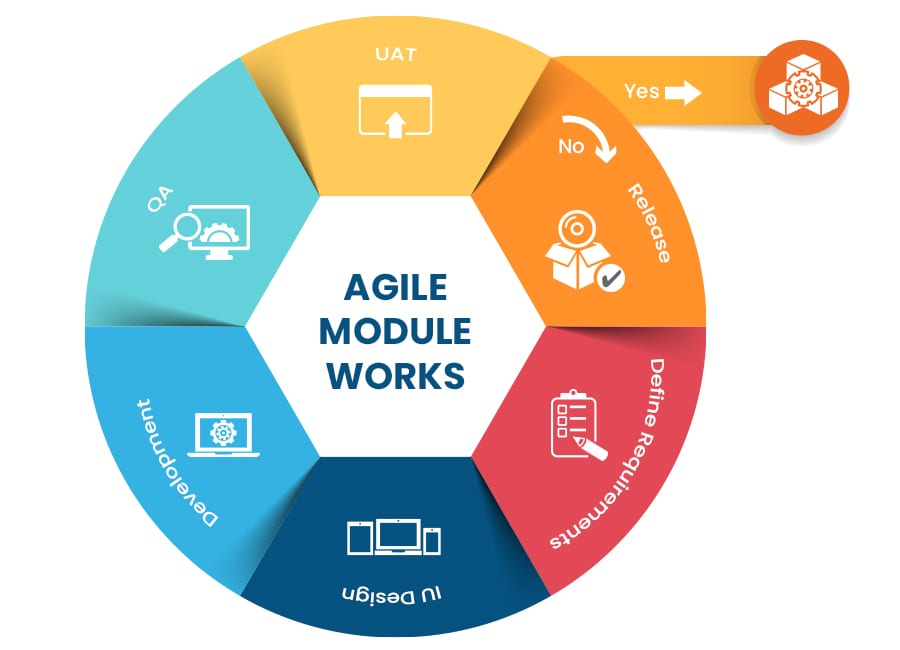
Scrum
Scrum is an Agile framework, therefore the working in Scrum is similar as in Agile with a bit more stricter rules. Scrum helps the teams in working together by learning through experiences and continuously improving.
Waterfall
Waterfall model in software development life cycle is quite a primitive method but it is still practiced by 9.6% of the people surveyed. This means that it still has value. This methodology is linear or stepwise divided in stages and every stage has its own deliverables.
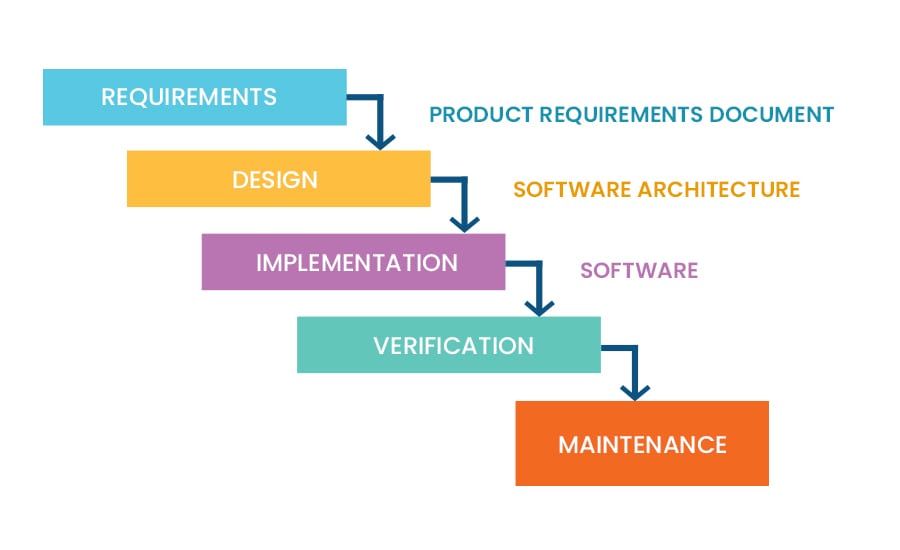
Comparing The 3 Main Methods In Tabular Form
| Aspect | Agile | Scrum | Waterfall |
| Working model | Sprint based | Sprint based | Linear or stepwise model |
| Development teams | Work collaboratively | Work collaboratively | Phase wise involvement |
| Project head | Project head is main in carrying out the entire project | No one team leader is responsible. Entire team addresses the issues | Every phase has a separate team leader/head who takes care of that particular deliverable |
| Design and execution | Simple design is recommended | Design can be innovating and experimental | Design is decided at the beginning of the project. No changes can be done in between |
| When to apply | For any-sized projects | Long-term, complex projects | For fixed-size projects; enterprise software with clear requirements |
| Client’s intervention | Client provides requirements & feedback | Client is main who defines the requirements, provides feedback | High during the discovery stage; lower in the next phases |
| Product delivery | Continuous delivery of the working product | Product delivery after completion of each sprint | Product delivery after final completion of the entire project |
| Speed | Efficient and faster | Efficient and faster | Traditional and may delay |
| Advantages | Open communication and flexible model | Open communication and very flexible | Simple, analytical and easy to set budgets |
| Disadvantages | – No final price declaration before project begins. – Requires careful management | – Requires regular client involvement – Teams lacking self-discipline often fail at it | – Final product may vary from client’s expectations – Not at all flexible |
